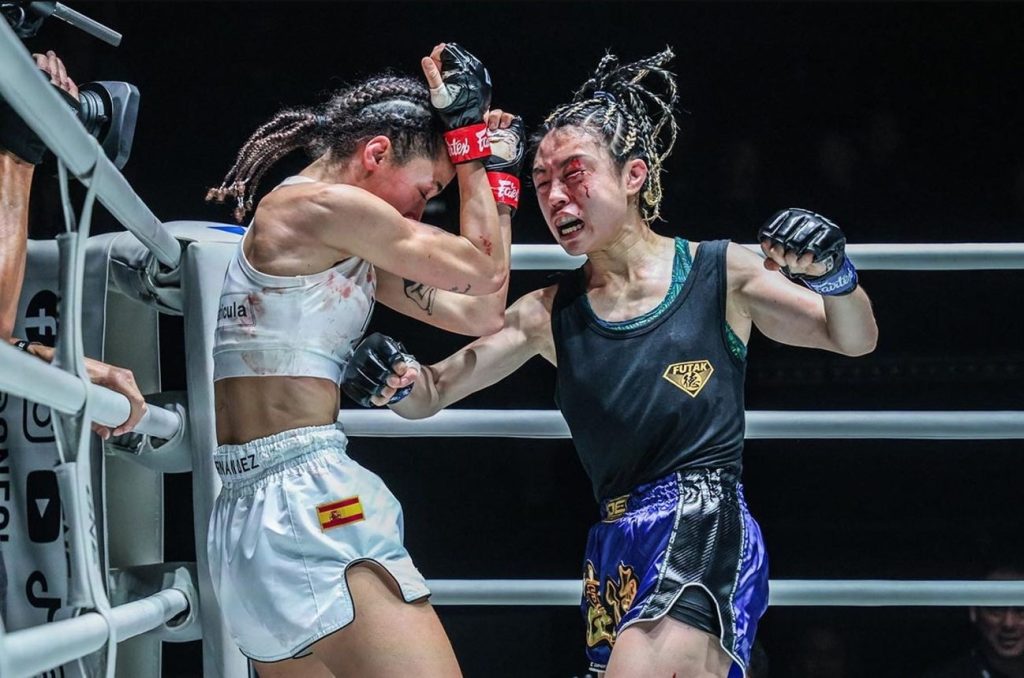Muay Thai, often referred to as “The Art of Eight Limbs,” is Thailand’s national sport and cultural martial art. It incorporates punches, kicks, elbows, and knee strikes, distinguishing itself through its brutal effectiveness and deep cultural roots. But who exactly created Muay Thai? The short answer is: it was not created by a single individual, but rather evolved over centuries from ancient battlefield tactics, influenced by regional conflicts, royal patronage, and societal needs.
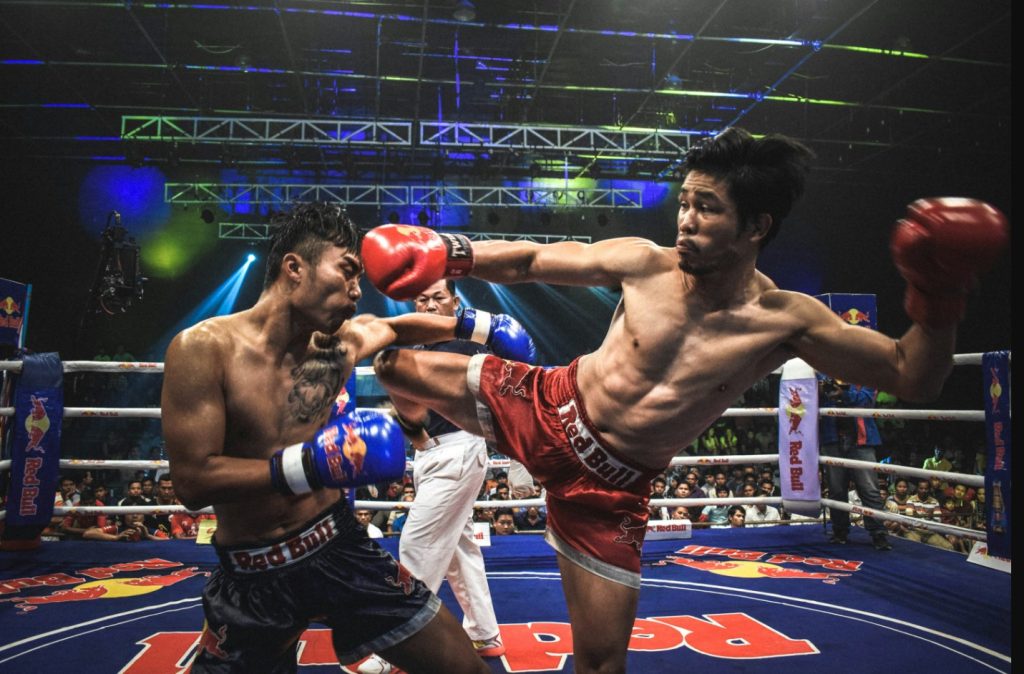
Table of Contents
Origins: The Roots of Muay Thai
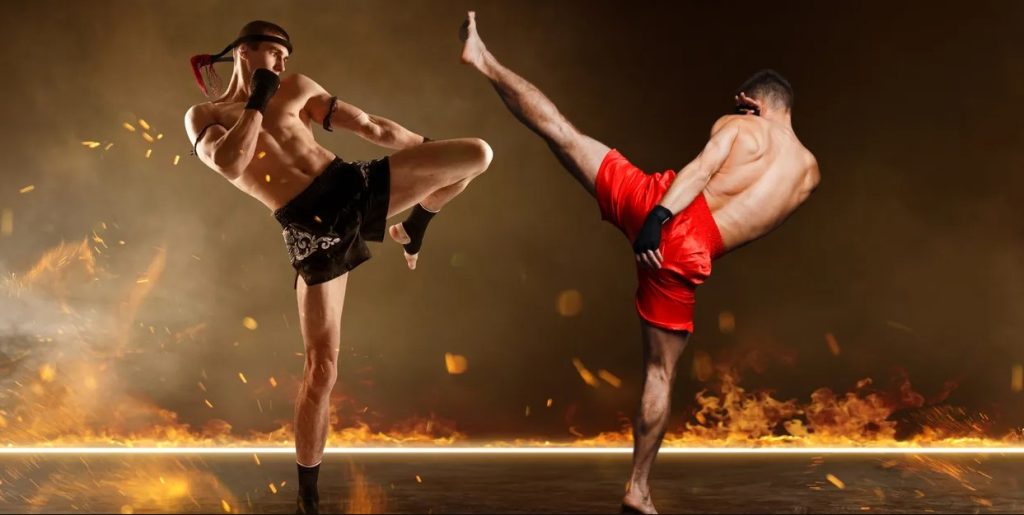
Muay Thai originated in ancient Siam (modern-day Thailand), with its earliest forms believed to date back over a thousand years. It developed from the hand-to-hand combat systems used by Thai warriors during war.
Early Forms and Influences
| Period | Martial Art/Combat System | Description |
|---|---|---|
| Pre-13th Century | Muay Boran | Precursor to Muay Thai; used in battlefield scenarios. |
| 13th–15th Century | Krabi-Krabong | Sword and staff-based combat used alongside Muay Boran. |
| 16th Century | Lerdrit (Royal Style) | Hand-to-hand techniques taught to palace guards. |
Sukhothai and Ayutthaya Eras (1238–1767)
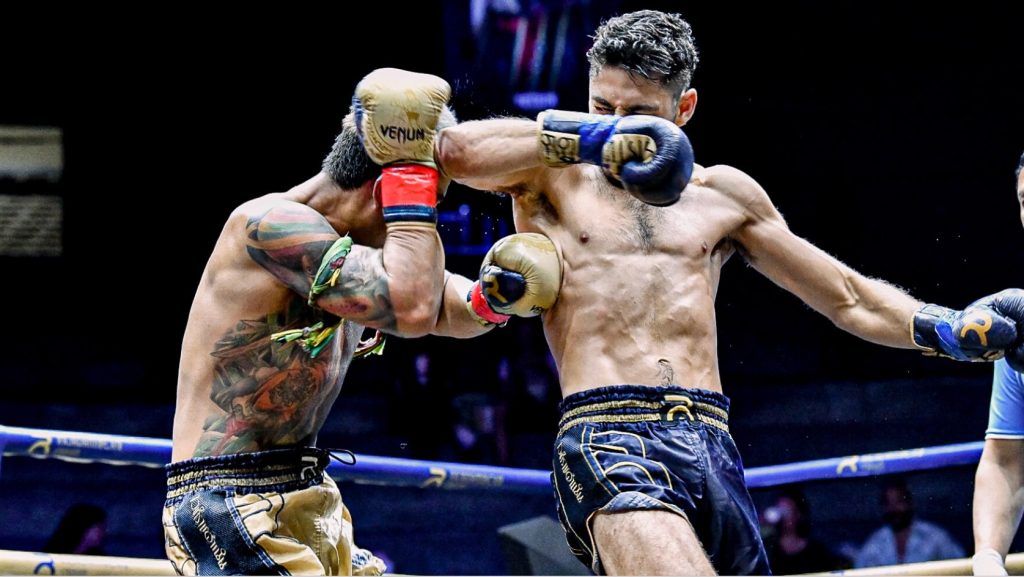
One of the most iconic figures of this period is Nai Khanom Tom, a legendary fighter from Ayutthaya.
Nai Khanom Tom: The Folk Hero
Nai Khanom Tom is often hailed as the “Father of Muay Thai.” In 1774, after being captured by the Burmese during the fall of Ayutthaya, he was reportedly given a chance to fight Burmese champions for his freedom. He defeated 10 opponents in a row, astonishing the Burmese king, who freed him in respect.
Though likely embellished over generations, Nai Khanom Tom’s story symbolizes Muay Thai’s warrior spirit.
Muay Thai in the Rattanakosin Period (1782–1932)
During the Rattanakosin era, particularly under King Rama V (1868–1910), Muay Thai transitioned from a purely martial practice to a regulated sport.
Key Developments:
- Training camps were established across Thailand.
- Competitions were held during festivals.
- Fighters began wearing hemp ropes or “Kard Chuek” around their hands.
Transformation of Muay Thai Rules
| Time Period | Feature | Description |
|---|---|---|
| Pre-1900s | Kard Chuek | Fighters wrapped hands in hemp rope for protection. |
| 1920s | Boxing Gloves Introduced | Influenced by Western boxing practices. |
| 1930s | Boxing Rings Used | Standardization of matches; rules written down. |
| 1940s | Rounds and Time Limits | 3-minute rounds with breaks introduced. |
Modernization in the 20th Century
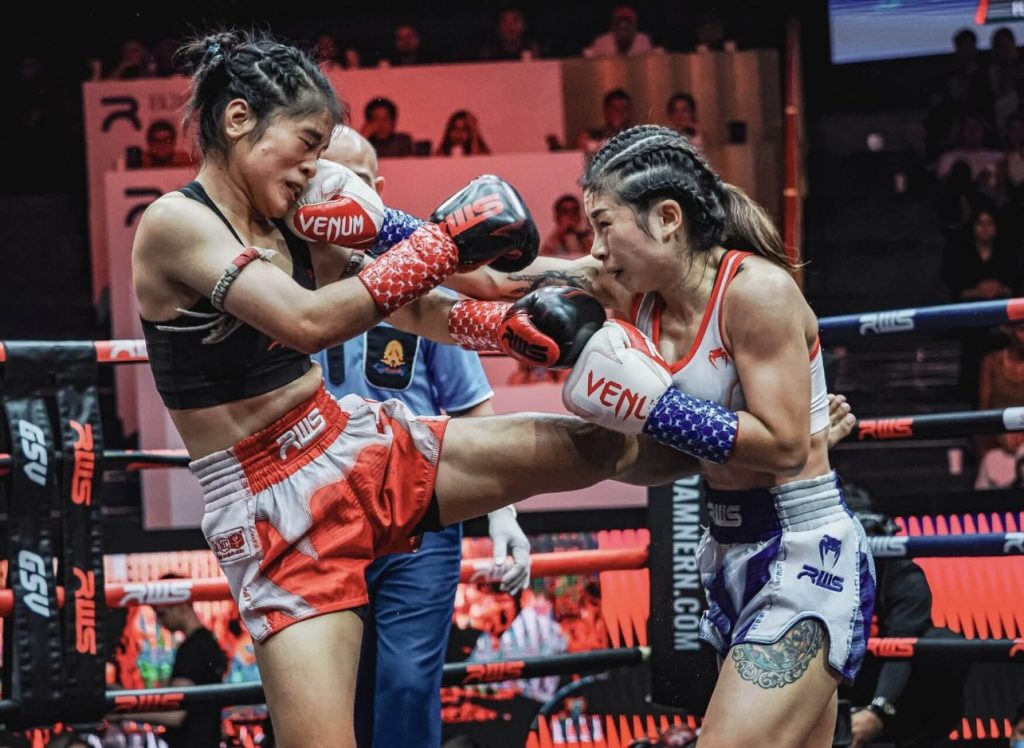
- Boxing rings replaced dirt arenas.
- Referees, rounds, and scoring systems were introduced.
- Gloves replaced rope-bound fists.
Influential Figures in Modern Muay Thai
| Name | Contribution |
|---|---|
| King Rama VII | Advocated for modernization and regulation of the sport. |
| Kru Muay (Teachers) | Preserved traditional forms and passed on techniques. |
| Dieselnoi Chor Thanasukarn | Dominated the lightweight division in the 1980s. |
| Samart Payakaroon | Renowned for his boxing and Muay Thai prowess. |
Global Expansion and Recognition
By the late 20th and early 21st century, Muay Thai spread across the world:
- Adopted by MMA fighters for its striking efficiency.
- Recognized by the International Olympic Committee (IOC) in 2016 via IFMA (International Federation of Muaythai Associations).
- Practiced in over 120 countries.
Timeline of Globalization

| Year | Milestone |
|---|---|
| 1950s | Thai fighters began touring globally. |
| 1990s | Muay Thai became a recognized sport in many European and Asian countries. |
| 2016 | IOC recognition of Muay Thai under IFMA. |
| 2020s | Talks of Muay Thai’s inclusion in future Olympic Games. |
Is There a Single Creator of Muay Thai?
The answer remains no. Muay Thai is the result of cultural evolution, shaped by:
- Ancient military techniques (Muay Boran)
- Royal influence (e.g., King Rama V)
- National heroes (e.g., Nai Khanom Tom)
- Modern reformers and athletes
It is best understood as a living tradition passed through generations of fighters, teachers, and historians.
Cultural Significance
Muay Thai is more than a sport. It includes:
- Wai Kru Ram Muay: Ritual dance performed before matches to honor teachers.
- Mongkhon and Prajioud: Sacred headbands and armbands symbolizing respect and protection.
- Spirituality and Buddhism: Many fighters pray at temples and follow monk teachings.
This deeply spiritual connection differentiates Muay Thai from other combat sports.
Muay Thai was not invented by one person but evolved through centuries of war, cultural refinement, and adaptation. It remains a testament to Thai identity, resilience, and spirit. From ancient battlefield survival skills to a globally respected combat sport, Muay Thai continues to thrive because of its roots in tradition and its openness to change.
Quick Facts
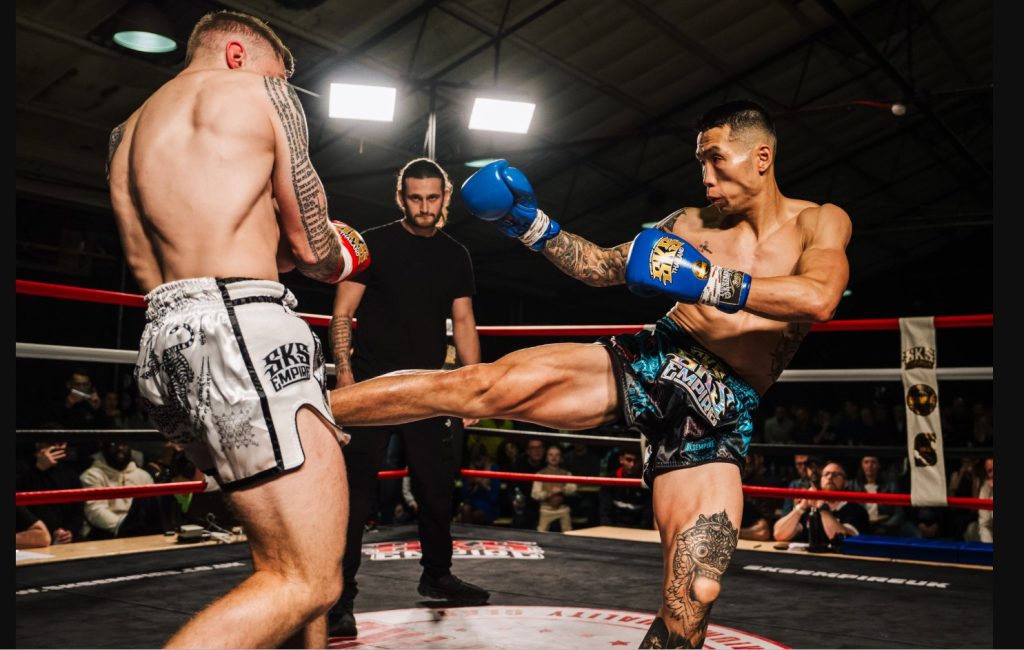
| Fact | Detail |
|---|---|
| Origin | Siam (Modern-day Thailand) |
| Estimated Age | 700–1000 years |
| Nickname | The Art of Eight Limbs |
| Techniques | Punches, kicks, elbows, knees |
| Governing Body | IFMA (International Federation of Muaythai Associations) |


